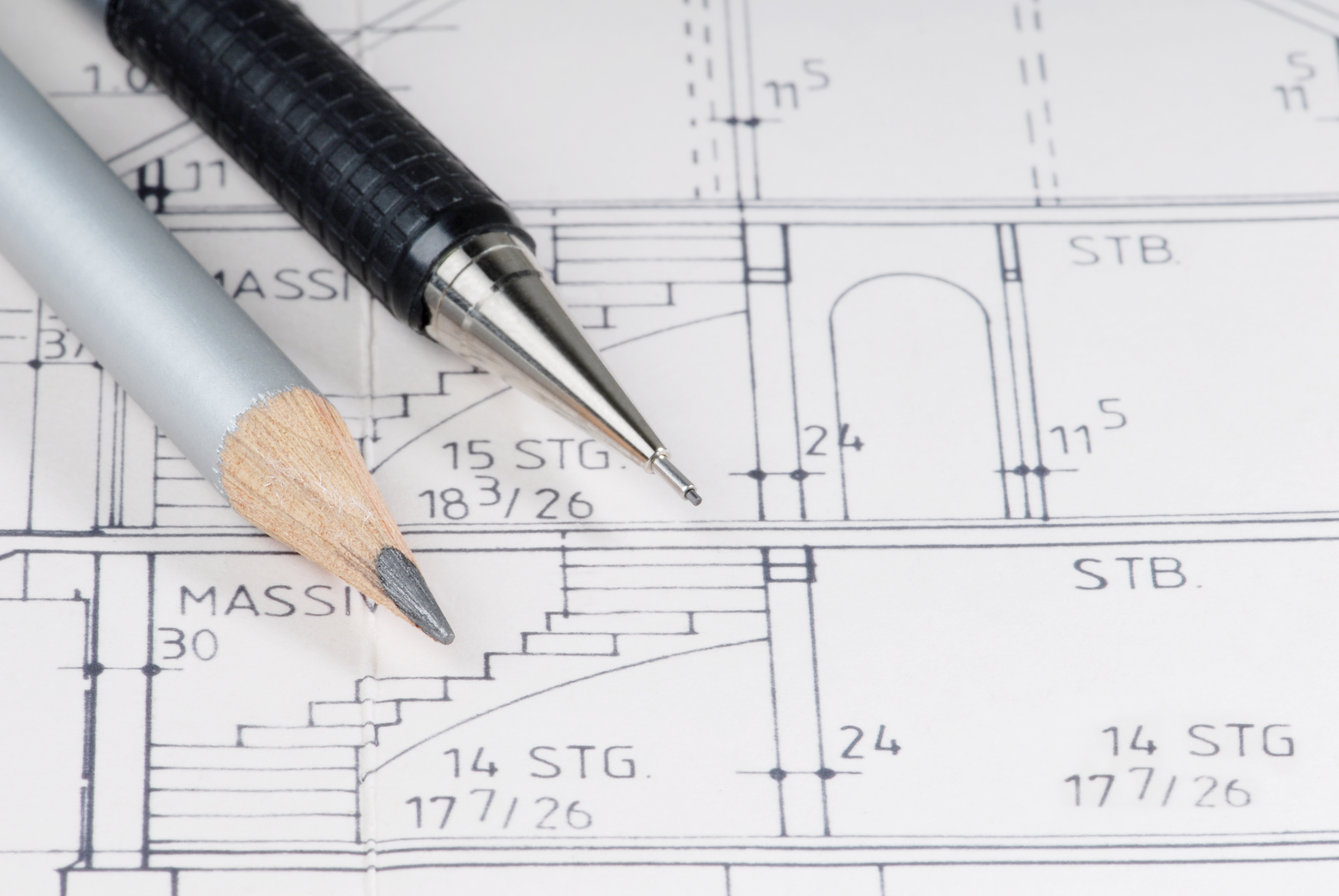Design economics
Contents |
[edit] Introduction
Design economics refers to design solutions that have been influenced by a range of principles that balance economic factors. The process of evaluating design economics may, for example, include incorporating the social and environmental consequences of the design undertaking as well as the consideration of the resources that are practical and available.
[edit] General considerations
During a presentation entitled, Design Economics, Dr Martin Tuli of Loughborough University states there are three aspects to the creation of parameters that incorporate design economics:
- Identifying how changes in parameters of a building will have an impact on its cost.
- Recognising that many elements influence the cost of a building.
- Prompting architects to design for the client in a manner that fulfils the values and requirements of the client.
When combined with cost planning, design economics is a core competency of design and specification. It covers the impact of design and other factors on costs throughout the entire building process - including cost plans that are required during the pre-contract stage.
Cost plans are generally prepared by cost consultants (often quantity surveyors). They evolve through the life of the project, and develop in detail and accuracy as more information becomes available about the nature of the design.
[edit] Design economics and cost planning
Design economics and cost planning is treated as one area of the optional Assessment of Professional Competencies (APC) for professionals who wish to pursue the building surveying APC.
APCs verify the qualifications and professionalism of candidates who wish to become chartered surveyors. These qualifications are necessary in order for professionals to become members of the Royal Institution of Chartered Surveyors (RICS).
[edit] Related articles on Designing Buildings Wiki
- Cost plans for construction projects.
- Design.
- Design life.
- How to become a quantity surveyor.
- Life cycle in the built environment.
- Quantity surveyor.
- Royal Institution of Chartered Surveyors.
- Utilising life cycle costing and life cycle assessment.
- Whole life costs.
[edit] External resources
- Dr Martin Tuli, Design Economics.
Featured articles and news
Government consultations for the summer of 2025
A year of Labour, past and present consultations on the environment, the built environment, training and tax.
CMA competitiveness probe of major housing developers
100 million affordable housing contributions committed with further consultation published.
Homes England supports Greencore Homes
42 new build affordable sustainable homes in Oxfordshire.
Zero carbon social housing: unlocking brownfield potential
Seven ZEDpod strategies for brownfield housing success.
CIOB report; a blueprint for SDGs and the built environment
Pairing the Sustainable Development Goals with projects.
Types, tests, standards and fires relating to external cladding
Brief descriptions with an extensive list of fires for review.
Latest Build UK Building Safety Regime explainer published
Key elements in one short, now updated document.
UKGBC launch the UK Climate Resilience Roadmap
First guidance of its kind on direct climate impacts for the built environment and how it can adapt.
CLC Health, Safety and Wellbeing Strategy 2025
Launched by the Minister for Industry to look at fatalities on site, improving mental health and other issues.
One of the most impressive Victorian architects. Book review.
Common Assessment Standard now with building safety
New CAS update now includes mandatory building safety questions.
RTPI leader to become new CIOB Chief Executive Officer
Dr Victoria Hills MRTPI, FICE to take over after Caroline Gumble’s departure.
Social and affordable housing, a long term plan for delivery
The “Delivering a Decade of Renewal for Social and Affordable Housing” strategy sets out future path.
A change to adoptive architecture
Effects of global weather warming on architectural detailing, material choice and human interaction.
The proposed publicly owned and backed subsidiary of Homes England, to facilitate new homes.
How big is the problem and what can we do to mitigate the effects?
Overheating guidance and tools for building designers
A number of cool guides to help with the heat.
The UK's Modern Industrial Strategy: A 10 year plan
Previous consultation criticism, current key elements and general support with some persisting reservations.
Building Safety Regulator reforms
New roles, new staff and a new fast track service pave the way for a single construction regulator.

























